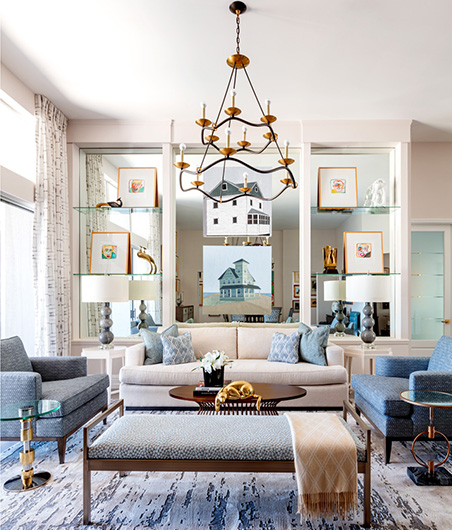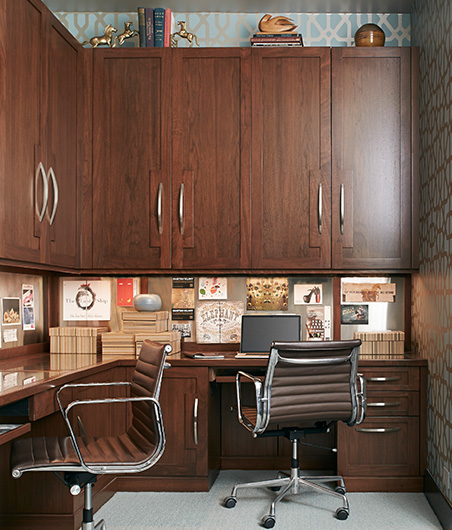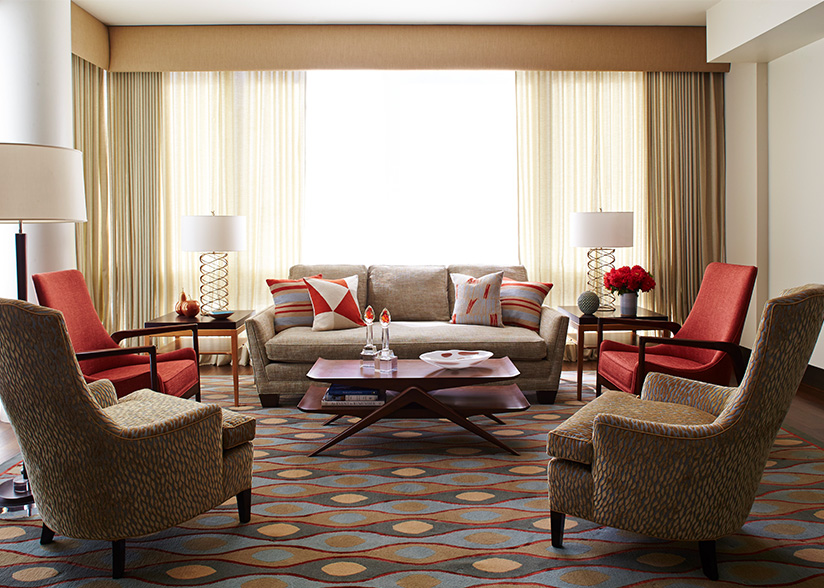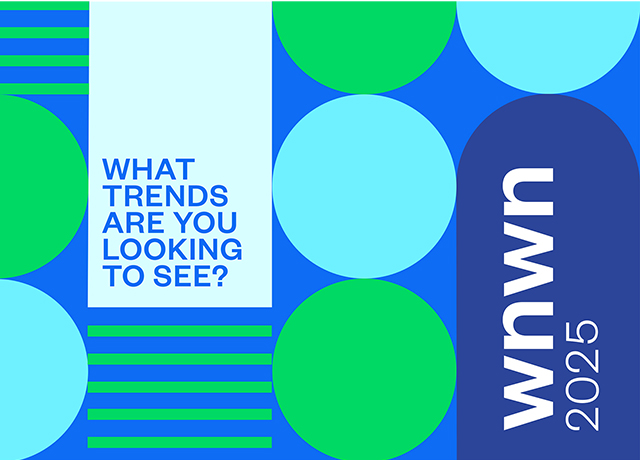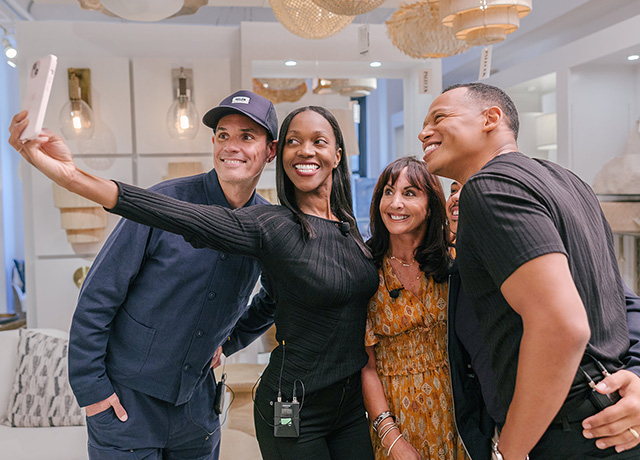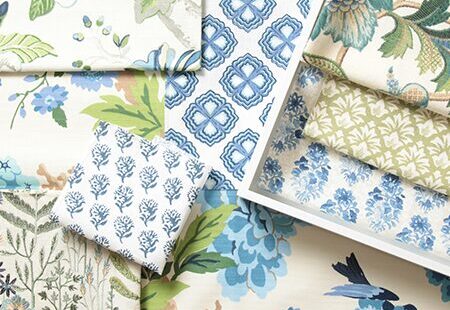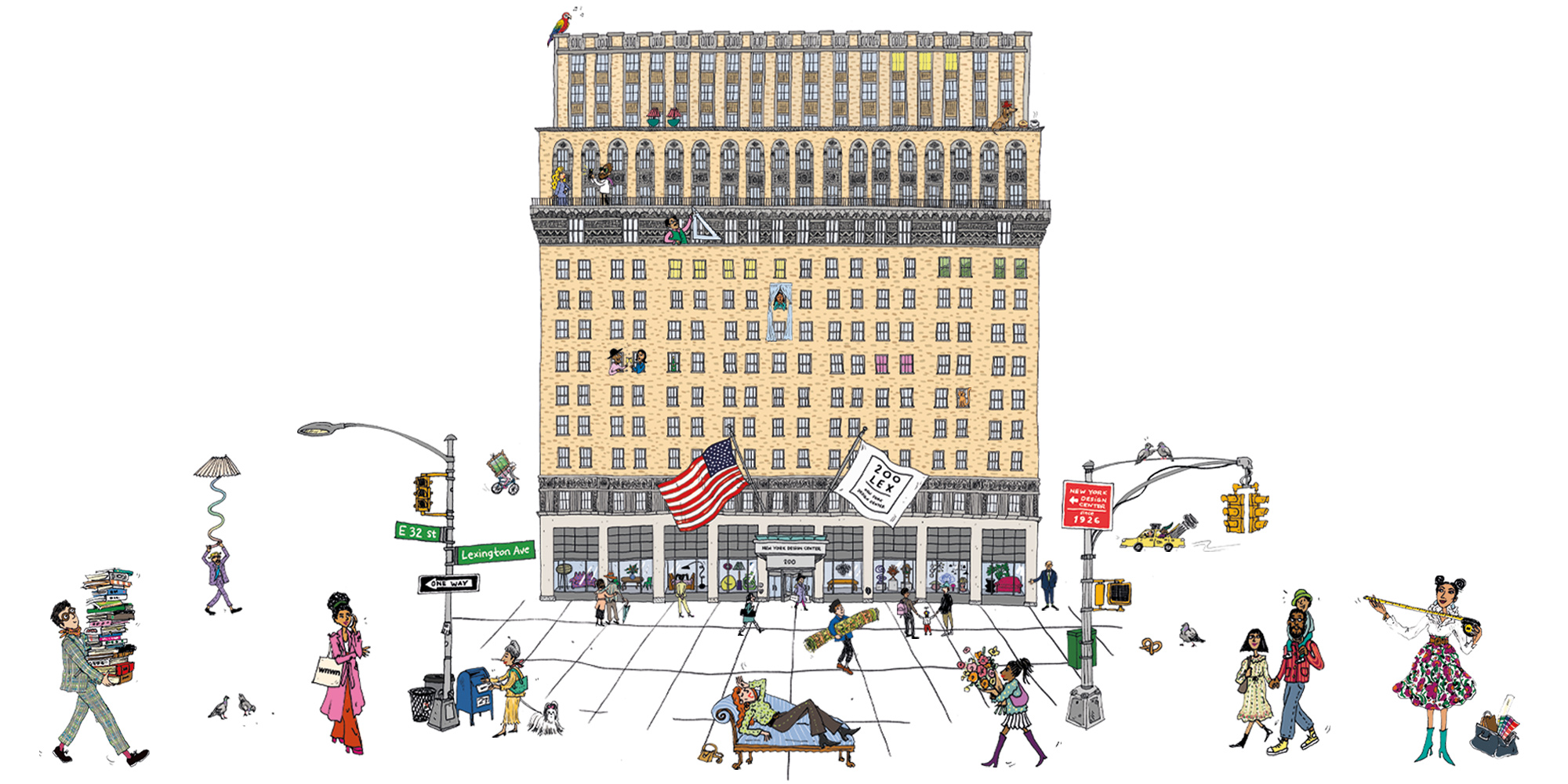NEWS
The Importance of New
A guest byline from interior designer Barry Goralnick.
The idea of “new” resonates with us as humans on many levels.
“New” is inherent and necessary in evolution: the evolution of our species and of ourselves as individuals. It’s essential to the evolution and development of ideas, of the way we think, and the way we live.
“New” can give us hope for a better world, a new vaccine, a new administration, a new way of moving through the world, a design for a better way of living.
New ways of doing things can be more efficient, more pleasurable, more productive.
“New” helps to relieve boredom, stagnancy, and mind-numbing routine. Meeting new people, trying new things, exploring new places is the remedy for the same old same old.
Beyond breaking up routine, “new” can bring us heightened awareness, offering new perspectives and visions with your clients, your staff, or your business or life partner.
“New” is about self-expression and identity – both yours and your client’s.
“New” isn’t always necessary, but “new” offers the experience of discovery – delivering the excitement of new product and new trends, of a new season, a new era. We all know the thrill of unearthing something new or creating a new combination that helps us or those around us see the world as someplace fresher, more forward-feeling, more advanced.
As creators, designers, and architects, we can harness the idea of new to position ourselves as leaders in our spheres of influence: as cultural leaders, as industry leaders, as taste makers, and as agents of change with visions of what is current and what is yet to come.
Last year almost everything had to be done in a new way. Most of us had never heard of Zoom and it quickly became a daily – If not hourly – staple. New timelines, new ways of meeting clients, working remotely with staff – everyone in the world has discovered new ways to get things done.
So the question is: How do we harness this instinct for “new” to our benefit? To create new business, new markets, and new media attention?
An article in Business of Home tells us that there is a perception to consider of new vs. timeless. It points out that “new” is what’s new to the viewer. It also discusses how new products get people excited about overall offerings, which can also help drive the best-sellers. “New” is the hook, not necessarily the payoff.
As designers, we are all incorporating “new” all the time.
With the advent of the Internet, everyone thinks they can do everything themselves – until they realize they can’t. I have had the same discussion with friends in many different spheres: graphic designers, photographers, architects, interior designers, and even doctors.
We all curse HGTV, that sets the design bar low for the homogenized masses and propagates unrealistic timelines.
But being experts and being ahead of the curve makes us irreplaceable – a hot commodity.
New can be frustrating (new operating systems), disorienting (new interface, new procedures), unnerving, and seem unnecessary – but it’s not.
The topic of “new” goes beyond, showing a client a pretty new lamp. I admit, I’m surprised at what generates excitement for me, which in turn pays off with clients.
For example, I went to Coverings, the international tile show, and while I was there, I discovered:
Tiles that integrated electricity, so you don’t need a switch in the bathroom
Tiles that are self-cleaning, perfect following the Pandemic
Tiles for the exterior of a building that generate energy to heat the building.
Doing fabric research, I found:
Smart textiles that integrate a phone in your sleeve
Sheets that are self-cooling
Fabric that helps with faster recovery from sports
Anti-microbial fabrics and surfaces
Non-allergen fabrics
As we know, “new” can be the gateway to classics and ‘best-sellers.’
And the idea of “new” can be found not only in new products and new combinations, but also in new ways of thinking and new approaches to business.
Academic researchers believe that “the new” or innovation “is one of the most important concerns of each organization. Its role in the development and coordination of the market is inalienable. Innovation in all human areas is applicable from product development, methods of management, ways of doing works, and more.”
Harnessing “the new” is one of the most important and most complex issues organizations are faced with today. It is the key to success for organizations.
Joseph Schumpeter stated that innovation will appear in one of these forms:
Introduce or commercialize new or improved product or service in the application of existing products and services.
Introduce new production processes or improve existing business processes.
Opening doors for new market.
Developing new supply source such as materials, equipment and other inputs.
Fundamental changes in industrial structures and organizational order.
When did Schumpter state this? Before the pandemic? Before 9/11? Before Y2K? In 1930 (at the beginning of the Great Depression).
The bottom line is that tomorrow is always new and yesterday is always old.
About Barry Goralnick
Barry Goralnick is an American designer working in the fields of architecture and interior design, and the design of home furnishings that include furniture, lighting, and carpets. He is the founder and principal of Goralnick Architecture & Design, based in New York, NY. Barry is a member of the New York Chapter of ASID, NCARB, Design Leadership Network, Designer’s Collaborative. He has also served on architectural juries and lectured at Parsons School of Design, Pratt Institute, the New School, New York University, and NEOCON in Chicago. Barry is a featured designer in Rizzoli’s new best-selling book Interior Design Master Class – 100 Lessons from America’s Finest Designers on the Art of Decoration, as well as Stark’s 75th Anniversary coffee table book, Decorating with Carpets.
His work has been showcased in Architectural Digest, Elle Décor, Interior Design, The New York Times, The Wall Street Journal, and Vanity Fair, as well as variety of international publications. www.barrygoralnick.com
